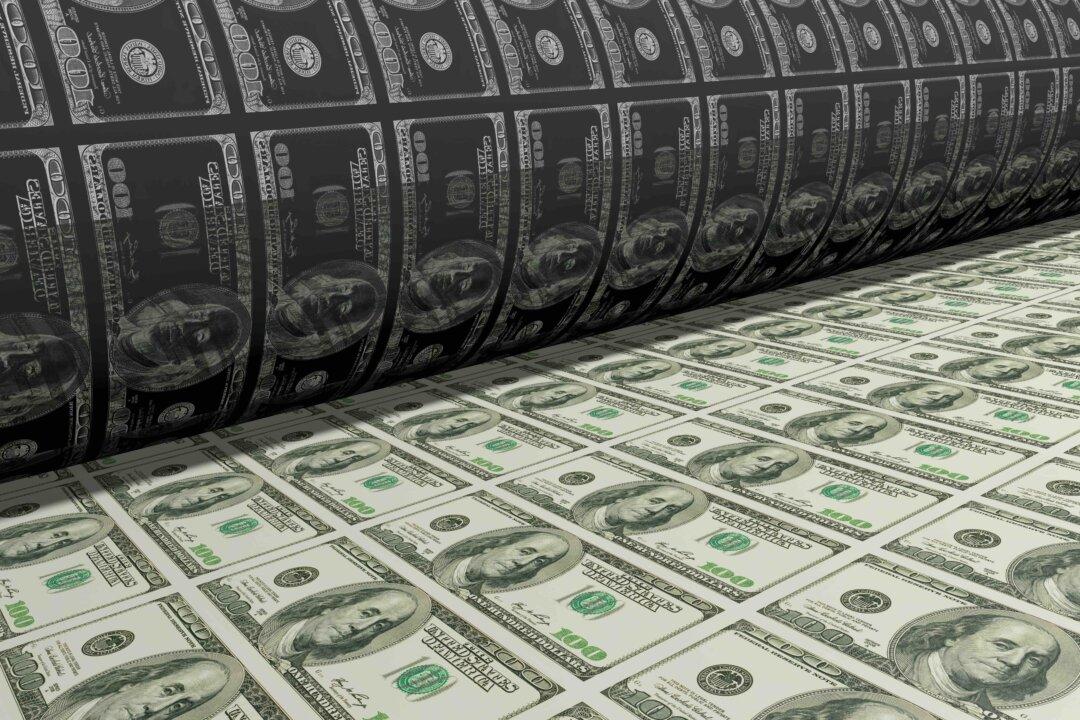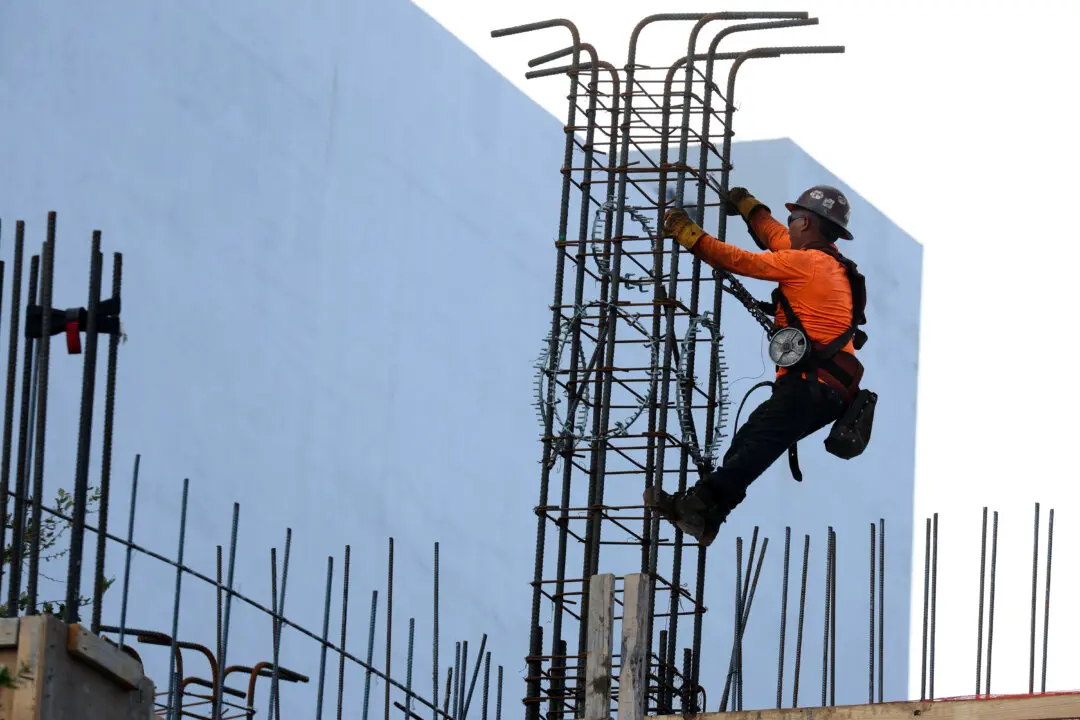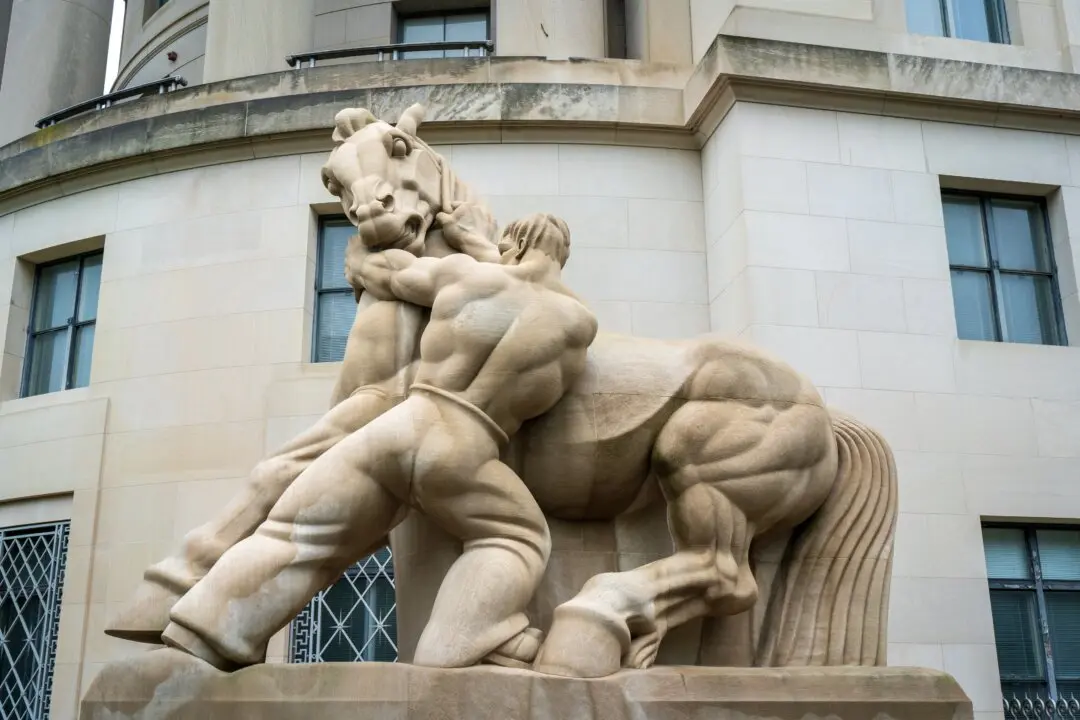Commentary
There are many ways to measure the amount of dollars that exist today, but let’s choose the M2 measure of the money supply because it seems the most reliable for now. There’s now $21.3 trillion extant. That’s $6 trillion more than existed just three years ago.





